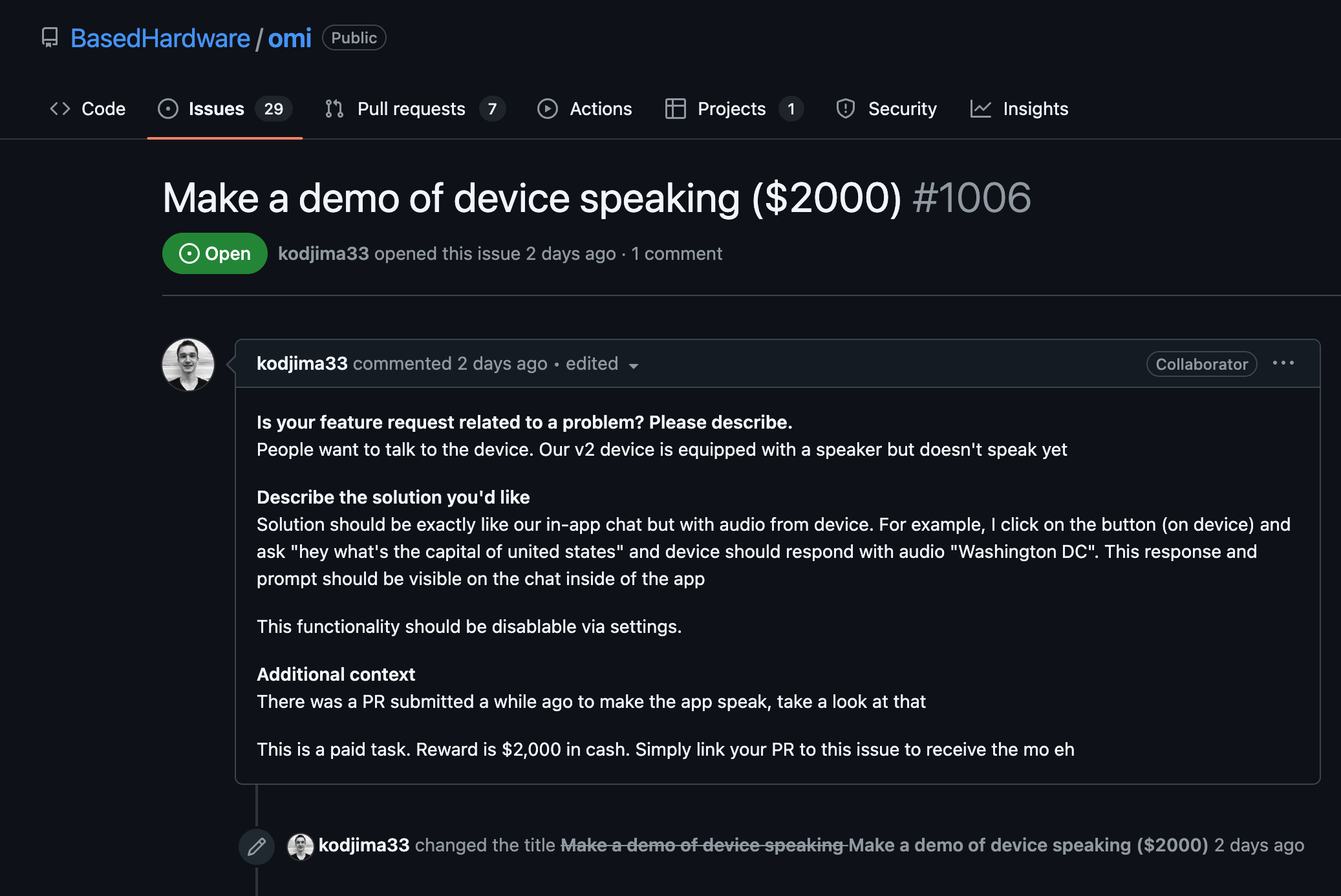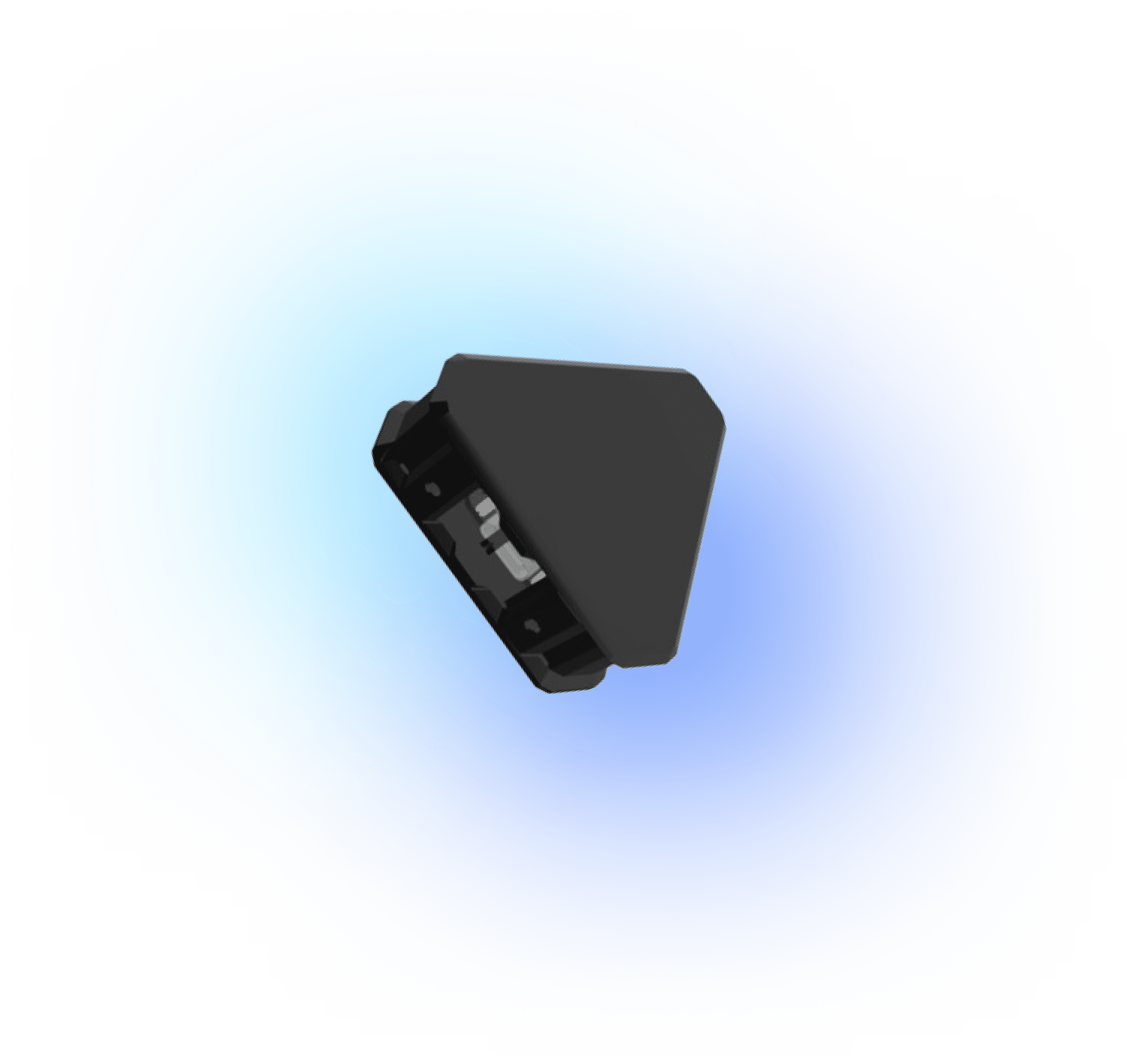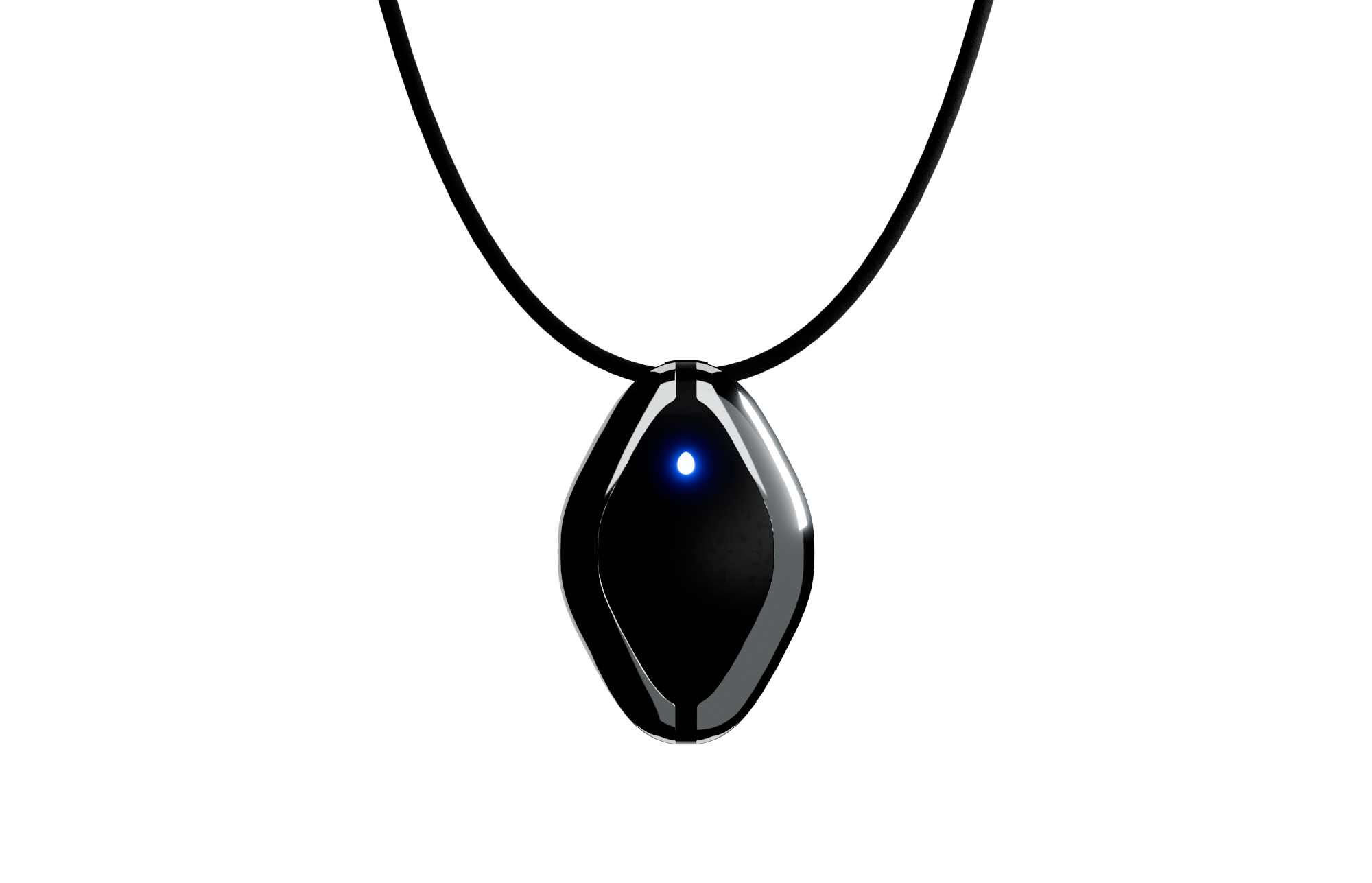Apple Watch Sleep Tracking Capabilities
- The Apple Watch can indeed track sleep independently of the iPhone. The device is equipped with its own sensors and can gather and analyze sleep data on its own.
- It utilizes accelerometers and heart rate sensors to monitor movements and changes in your heartbeat during the night.
Viewing Sleep Data Without iPhone
- Although the watch records your sleep data, you might find it challenging to view detailed sleep analysis directly on the watch.
- The sleep results, such as time in bed and sleep trends, are typically better visualized using the iPhone's Health app.
Syncing Sleep Data with iPhone
- Once you have access to your iPhone, open the Health app.
- Navigate to the 'Browse' tab and select 'Sleep' to see your sleep patterns and trends over time.
- Ensure Bluetooth is enabled and your devices are paired to allow automatic syncing of collected sleep data.
Troubleshooting Sleep Tracking Issues
- If sleep tracking isn't working, confirm that you’ve set up a sleep schedule on your Apple Watch under the Sleep app.
- Check for updates; both your watchOS and iOS should be updated to the latest version to ensure compatibility and full functionality.
- Ensure you’re wearing the watch properly. The sensors need to maintain good contact with your wrist for accurate tracking.
- Restarting your Apple Watch can fix minor glitches that might prevent sleep tracking from working as expected.
Conclusion
- The Apple Watch is capable of tracking sleep independently, but reviewing detailed analyses often requires the Health app on an iPhone.
- Remember to keep the devices up-to-date and ensure they are properly paired to have seamless data access and analysis.























